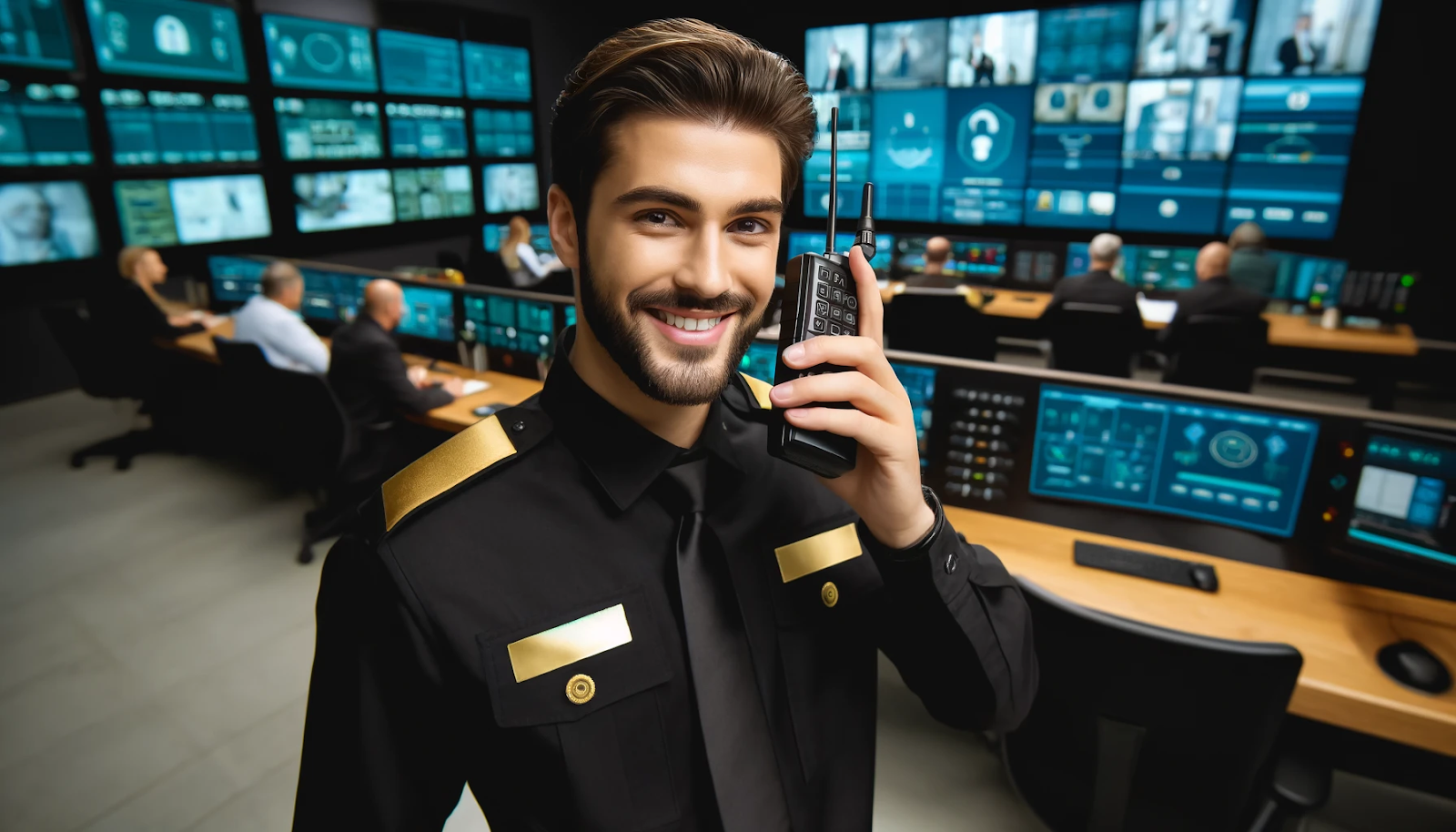In today's fast-paced world, effective communication is crucial for security teams to maintain safety and respond swiftly to incidents. Property managers, chief security officers, and security company hiring managers are constantly seeking the latest tools and technologies to enhance coordination among their teams. Let's delve into some of the most recent advances in communication tools that are transforming how security teams operate.
The Rise of Mobile Apps
Real-Time Communication
Mobile apps have revolutionized the way security teams communicate. Gone are the days of relying solely on radios and walkie-talkies. Modern mobile apps offer real-time communication features that enable security personnel to stay connected at all times. These apps often include push-to-talk (PTT) functionalities, instant messaging, and video calling, allowing for seamless and immediate communication.
Geolocation Tracking
One significant advantage of mobile apps is the integration of geolocation tracking. Security teams can now monitor the exact location of their members, ensuring better coordination during incidents. This feature not only enhances team safety but also improves response times by directing the nearest available personnel to the scene.
Incident Reporting
Mobile apps also streamline incident reporting. Security personnel can quickly document incidents, attach photos or videos, and send detailed reports to supervisors in real-time. This not only speeds up the reporting process but also ensures that critical information is accurately captured and shared promptly.
Enhanced Radio Systems
Digital Radios
Digital radios are a significant upgrade from traditional analog systems. They offer clearer audio quality, reduced interference, and extended range. Digital radios also support text messaging, GPS tracking, and encrypted communication, making them a versatile tool for security teams.
Trunked Radio Systems
Trunked radio systems allow for more efficient use of radio frequencies. These systems automatically assign the best available frequency to each call, ensuring that communication channels remain open even during peak times. This dynamic frequency allocation enhances the reliability of radio communications for security teams operating in large or busy environments.
Integration of Artificial Intelligence
Predictive Analytics
Artificial intelligence (AI) is making its way into security communications through predictive analytics. By analyzing historical data and identifying patterns, AI can predict potential security threats and suggest preventive measures. This proactive approach allows security teams to stay ahead of incidents and allocate resources more effectively.
Automated Monitoring
AI-powered tools can also assist in automated monitoring. For example, surveillance systems equipped with AI can detect unusual activities or behaviors and immediately alert security personnel. This reduces the need for constant human oversight and ensures that potential threats are identified and addressed promptly.
Cloud-Based Platforms
Centralized Communication
Cloud-based platforms offer a centralized communication hub for security teams. These platforms enable seamless sharing of information, incident reports, and real-time updates across multiple locations. This centralized approach ensures that all team members are on the same page and can access the latest information when needed.
Scalability and Flexibility
One of the key benefits of cloud-based platforms is their scalability and flexibility. Security teams can easily scale their communication tools up or down based on their needs. Additionally, cloud platforms allow for remote access, enabling team members to stay connected and coordinate effectively, regardless of their location.
Wearable Technology
Smartwatches
Smartwatches are becoming an essential communication tool for security teams. These devices offer quick access to notifications, messages, and real-time alerts. With built-in GPS and health monitoring features, smartwatches enhance both communication and the overall safety of security personnel.
Body Cameras
Body cameras not only serve as a deterrent to potential threats but also provide valuable real-time footage during incidents. These cameras can be integrated with mobile apps and cloud platforms, allowing for instant sharing of live video feeds with command centers. This real-time visual communication significantly improves situational awareness and response coordination.
Frequently Asked Questions (FAQs)
Q: What are the key benefits of mobile apps for security teams?
A: Mobile apps offer real-time communication, geolocation tracking, and streamlined incident reporting, enhancing overall team coordination and response times.
Q: How do digital radios improve communication for security teams?
A: Digital radios provide clearer audio, reduced interference, extended range, and support for text messaging, GPS tracking, and encrypted communication.
Q: What role does AI play in security communication tools?
A: AI contributes through predictive analytics and automated monitoring, helping to predict potential threats and detect unusual activities in real-time.
Q: Why are cloud-based platforms important for security teams?
A: Cloud-based platforms centralize communication, allow for scalable and flexible solutions, and enable remote access for team members to coordinate effectively.
Q: How does wearable technology enhance security team communication?
A: Wearable technology like smartwatches and body cameras provide quick access to notifications, real-time alerts, and live video feeds, improving situational awareness and safety.
.png)
.png)
.png)

.png)
.png)

.png)
.png)
.png)
.png)
